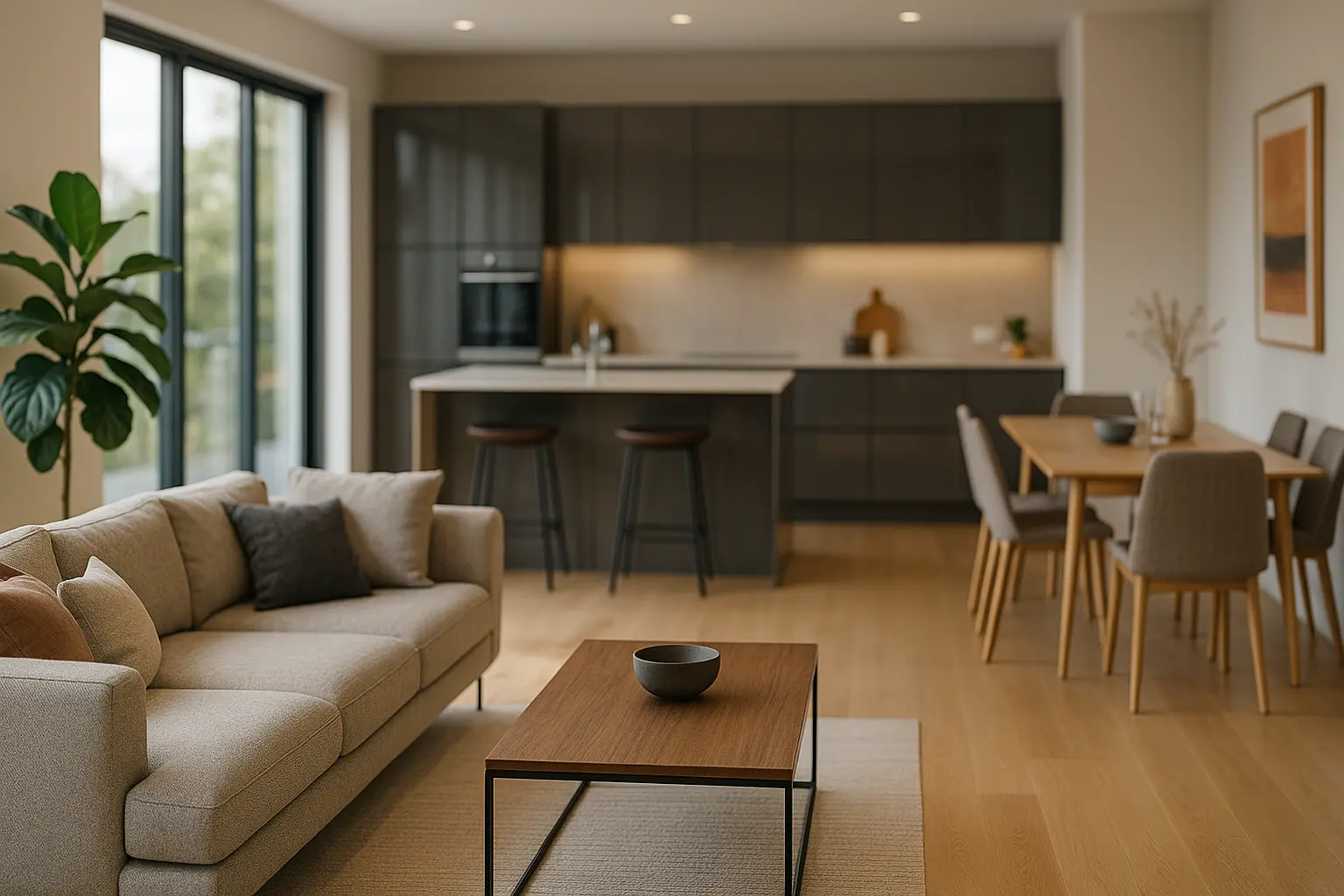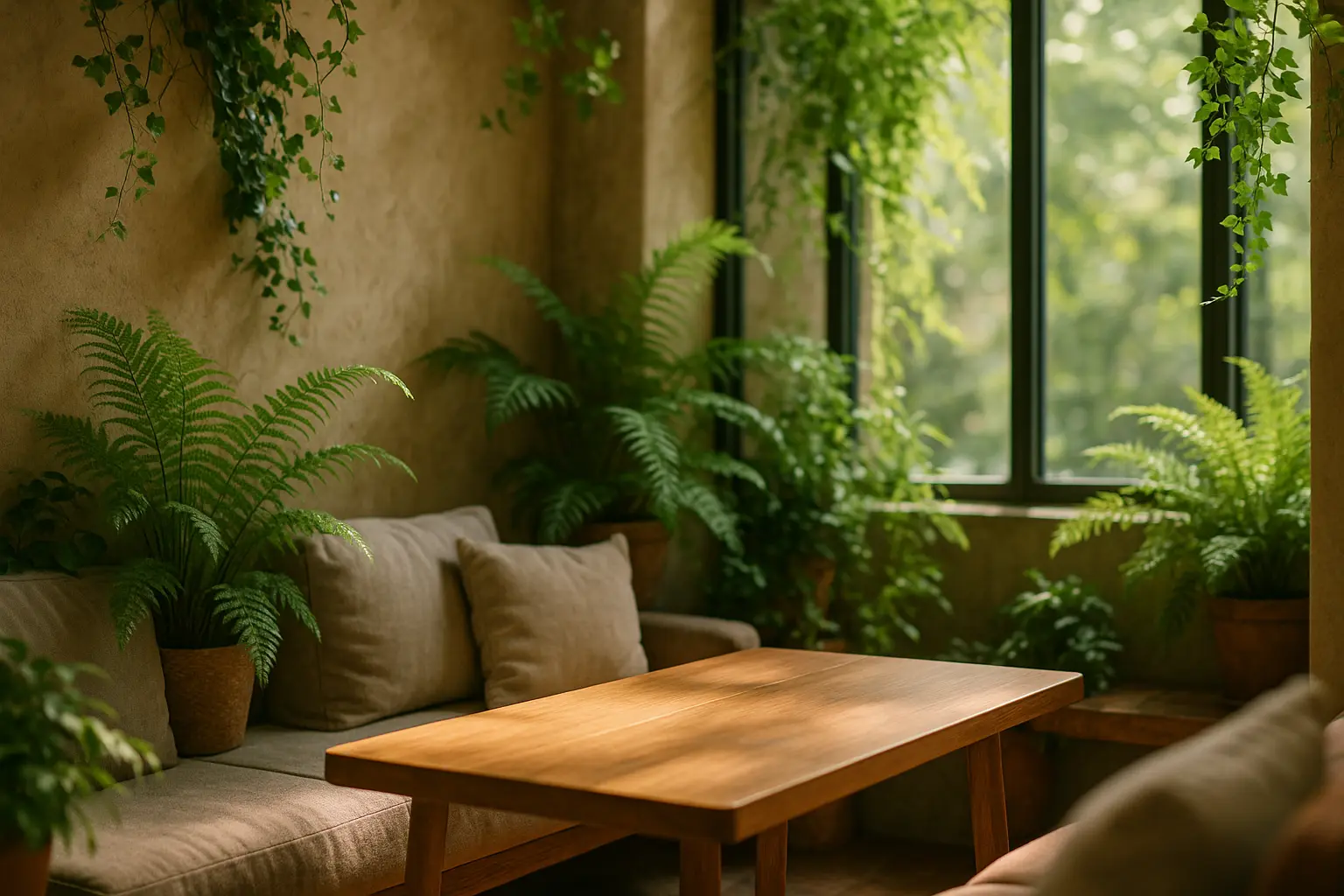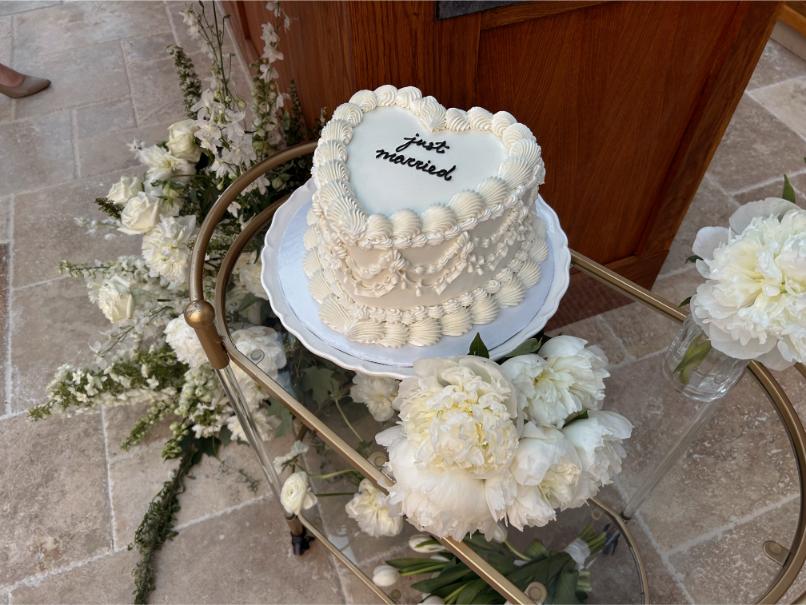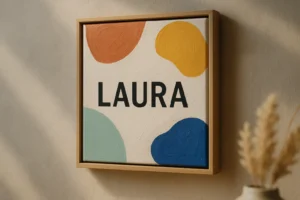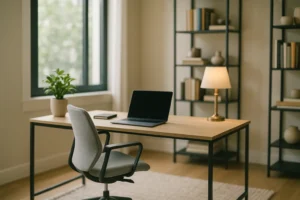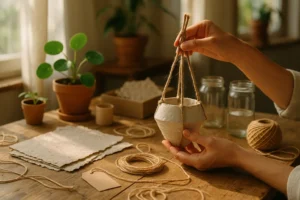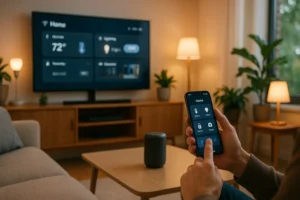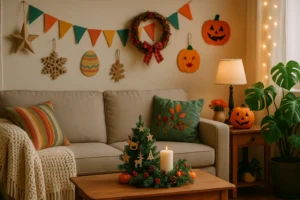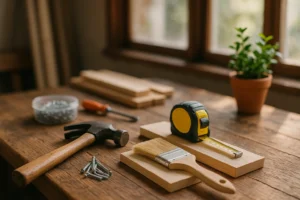Top 5 Colors That Make Any Room Look Bigger
Color isn’t just a design element; it’s a powerful illusionist. Light hues, when strategically chosen, can transform even the smallest, coziest nook into a spacious paradise. As we navigate modern living, where space is often at a premium, knowing the right shades can make all the difference. Let’s delve into the world of colors and explore how they can alter perceptions, create depth, and bring a sense of airiness to our living spaces.
The Timeless Elegance of White
White isn’t merely a color; it’s a blank slate for boundless imagination. Its timeless appeal lies in its ability to reflect light, creating an open and airy ambiance that instantly makes any room feel expansive. Whether in a living room or a cozy bedroom, white walls provide a neutral backdrop that enhances natural light, crafting an illusion of space.
However, white’s magic isn’t just in its simplicity. Different shades—ivory, pearl, and snow—add subtle depths and dimensions. By pairing these with soft lighting, we can elevate the serene beauty of our spaces. Accents such as wooden furniture or metallic fixtures give contrast, preventing monotony and adding character.
Moreover, we should consider texture. A matte white wall offers a soft, cozy vibe, while a glossy finish reflects more light, amplifying the sense of openness. By blending white with complementary textures, our rooms can evolve into a sanctuary of calm and clarity.
Embracing the Serenity of Light Blue
Stepping into a room painted in light blue is like inhaling a fresh breath of sea air. This shade, reminiscent of clear skies and open waters, brings a sense of tranquility and spaciousness, making it an ideal choice for bedrooms and living areas. Light blue not only expands visual boundaries but also soothes the senses, transforming a confining space into a calming retreat.
One of light blue’s greatest strengths is its versatility. It harmonizes beautifully with a variety of textures and materials, from soft linens to sleek metals. Complementing this hue with neutral furnishings and natural elements can amplify its spacious effect. Think of pairing it with sandy beiges, whites, and light grays for a coastal aesthetic.
The magic of light blue also lies in its ability to reflect light, similar to white, but with a cooler undertone. By incorporating this color, we craft spaces that feel fresh, expansive, and eternally inviting.
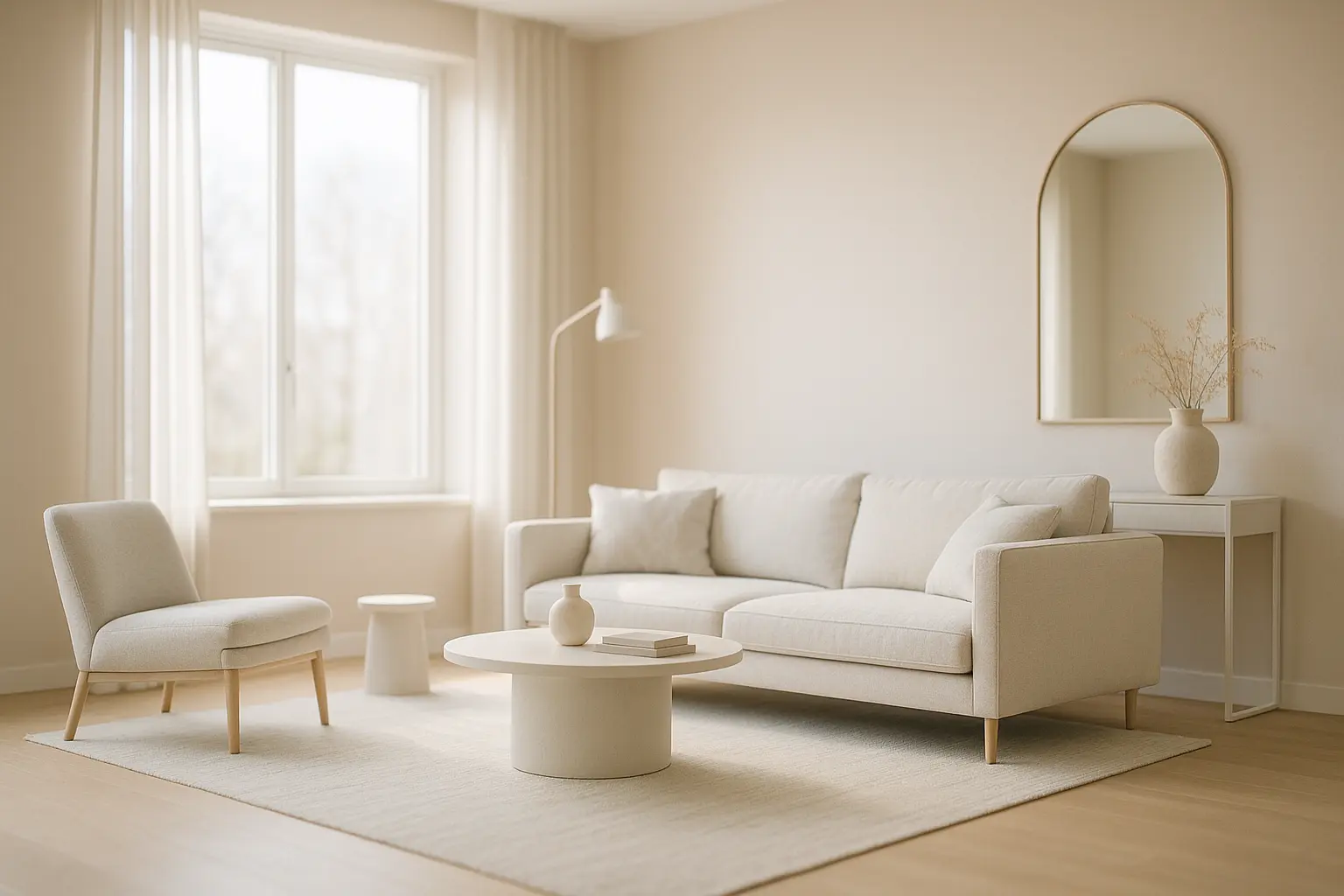
The Warmth of Pale Yellow
Imagine a gentle morning sun casting a warm glow across your home—this is what pale yellow embodies. It’s not just a color; it’s a mood enhancer that can radiate warmth and positivity throughout your home. Pale yellow’s soft luminance can make any room feel sunny and expansive, perfect for darker rooms needing a burst of light.
The beauty of pale yellow is in its versatility. It pairs exquisitely with earthy tones and natural woods, adding a rustic charm while maintaining a modern feel. For those seeking a cozy yet spacious environment, this color is a game-changer.
We should also consider using pale yellow in rooms lacking natural light. Its bright demeanor compensates for shadows, creating an airy and welcoming atmosphere. Whether used in kitchens or bedrooms, pale yellow brings a touch of sunshine that opens up even the smallest spaces.
The Subtle Sophistication of Light Gray
Light gray is the epitome of understated elegance, offering a neutral palette that can make any room feel larger and more sophisticated. Its subtle tones have the power to create an expansive backdrop, allowing other design elements to shine.
This hue pairs exceptionally well with both dark and light furniture, creating a harmonious balance that breathes life into small spaces. It also complements metallics and darker accents, adding depth without overwhelming the senses.
Light gray’s real magic is in its adaptability. Whether used in minimalist settings or more eclectic environments, it transforms effortlessly, making it a versatile choice for homeowners seeking style and space. With the right lighting and decor, a light gray room can exude sophistication while feeling open and airy.
By embracing the right color palette, we can influence how our spaces feel and function. Each hue we’ve explored—white, light blue, pale yellow, and light gray—serves as a powerful tool to maximize space and light. When applied thoughtfully, these colors create not just aesthetic appeal but also a sense of openness and freedom.
In our pursuit of making small rooms feel bigger, color becomes our ally. It’s not merely about the shades we paint our walls, but how these colors transform our perception of space and elevate our living environments. So, let’s not just paint our walls; let’s paint with possibility.
FAQ
What colors can make a small room appear larger?
Light and neutral colors like soft whites, light grays, and pastels can create the illusion of a larger space by reflecting more light.
How does the color white help in enlarging a room’s appearance?
White reflects the most light, making a room feel open and airy. It minimizes shadows and gives the perception of more space.
Can pastel colors be effective in making a room seem bigger?
Yes, pastel shades like pale pinks, soft blues, and mint greens can make a room appear more spacious by providing a gentle, light-reflective background.
Why are light gray tones recommended for small rooms?
Light grays offer a modern and sophisticated look while maintaining a neutral backdrop that can enhance the room’s spacious feel by reflecting light.
Are there any tricks to using color to expand a room visually?
Using a monochromatic color scheme and painting the ceiling the same or a lighter shade than the walls can blur room boundaries, making the space feel larger.

